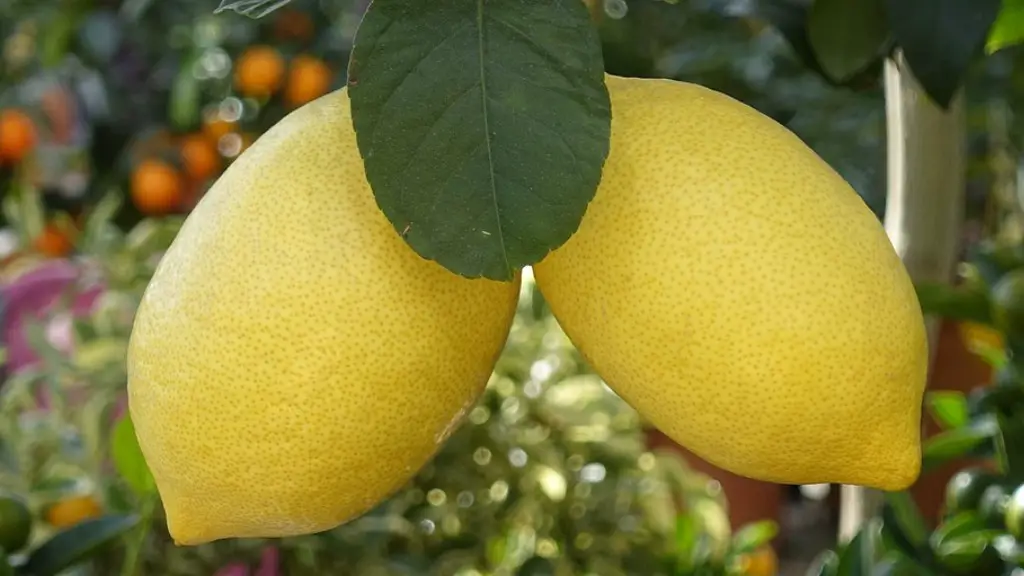As those living in subtropical and tropical areas know, palm trees can bring a certain beauty and charm to a landscape. All their different sizes, shapes and colors bring life to a yard and provide shade from the hot summer days.
But looking after a palm tree requires care and attention as they are vulnerable to pests and diseases. In order to keep these graceful trees healthy and flourishing, following the correct steps is essential.
Keep these trees well-watered
Like all living things, lack of water can be the biggest threat to a palm tree’s health. They require a substantial amount of water, and not just when you notice they are getting dry. In general, they will need around two and a half to three and a half inches of water every week.
It is possible to water the trees too much. Knowing when a tree needs water can depend on a variety of factors, such as the climate and weather. To make sure your palm tree does not drown in too much water, remember that you can never water it too much in a month – but you can water it too little.
It is best to check the soil around your tree and if it feels dry, water it. Finally, ensure that there is good drainage in the area.
Cutting of dead fronds
In order to help your palm tree look at its best, it is important to periodically remove dead fronds. This will allow the tree to re-allocate resources to growing new foliage in a healthier way.
If you are unsure of which fronds are dead, observe the tree. Wilted or discolored fronds are dead, or those that are hanging down. You can cut away these fronds with either a sharp saw or pruning shears. However, only cut dead fronds, never live leaves.
Fertilizing the tree
Your palm tree will need to be fertilized as it will help maintain its strength and shape. Generally, you should fertilize three times a year – once in the beginning of spring, once in the beginning of summer, and once in the beginning of autumn.
Using a palm tree specific fertilizer will ensure the best results, as standard fertilizer can have too high levels of nitrogen that can bring damage to the tree. Also, by using the correct fertilizer, you will avoid the issue of burning the roots.
Removing pests
Unfortunately, pests and diseases can cause major damage to your palm tree. They can make them look unsightly and put them at risk of dying. Therefore, by regularly checking your palm tree, you may be able to spot any pests or diseases as soon as they appear.
In order to remove pests and diseases, you can purchase a pesticide or fungicide that has been approved for use on palms. But, before you purchase a commercial solution, you need to identify the pest or disease. This way, you can make sure you are purchasing the correct solution.
The importance of Soil
Having the correct type of soil for your palm tree is essential as it will ensure that it gets all the essential nutrients it needs. Ideally, it should have well-drained, slightly acidic soil. If the pH of the soil is too low, apply some lime to it. On the other hand, if the pH is too high, then apply reclaimed water to it.
Pruning the Tree
If you want your palm tree to grow healthy, then you should consider pruning the tree. Pruning a palm tree will not only help to keep it looking lush and tidy, but it can also help to reduce the risk of fungal infections.
Ensure you have the correct tools required for pruning, such as a sharp saw or pruning shears. Also, it is important to know when and how to cut from the tree. If done correctly, pruning can have great benefits for the growth and health of the palm tree.
Protecting against extreme weather
Extreme weather conditions, like storms and excessive heat or cold, can cause a great deal of damage to your palm tree. You can prevent this by taking a few preventive measures beforehand.
Shade the tree if it is in an area that receives a lot of sunlight. Wrap up the trunk during periods of cold in order to protect it. You can also use burlap, as it is an effective way of protecting the tree against both cold and hot weather conditions.
Identifying signs of diseases
Spotting diseases as soon as possible can save your palm tree from further damage. Some diseases, such as Fusarium wilt and Ganoderma, can kill the tree, so it is important to really look out for any warning signs, such as discoloration of leaves and fronds, wilting, and premature shedding of fronds.
A good place to start looking for signs of disease is on the trunk of the tree, followed by the fronds and any fruits that appear on the tree. If you suspect any disease, then contact a specialist palm tree professional.
Using pest control methods
Pests and diseases can ruin the look of your tree and put it at risk of dying. To protect your palm tree in the long-term, pest control methods need to be put in place. Preventive bug sprays and insecticides can help to keep them away. Natural options are also available, such as the use of neem oil and diatomaceous earth.
In addition, it can be helpful to create an environment that is inhospitable to pests. This can be done by removing dead plants and destroying rotten fruits, as well as using mulch to keep the soil wet.
Using regular inspections
Regular inspections on your palm tree can tell you a lot about its health. This includes checking for wilting leaves, discoloration, and if the tree is in danger of toppling. This can save you money and time in the long run as any signs of the tree being unhealthy can be addressed immediately.
Inspections can also help alert you to pests and diseases that could be affecting the tree. Spotting pests and diseases at an early stage is essential in avoiding long-term damage.
Protecting Against Storm Damage
Storms can cause extensive damage to your palm tree, including broken trunks and uprooted trees. To protect your tree against this damage, it is crucial to secure the tree to ground with cables or ropes. This will help to keep the tree in place during storms and prevent it from toppling.
If the tree has already suffered some damage, then you should look into having the tree trimmed in order to help it grow back healthier. In some cases, it may be necessary to have the tree removed if the damage is too extensive.
Using the right Tools
Having the right tools for the job can make all the difference when maintaining your palm tree. The right tool will not only make the task easier but also help you to do the job correctly. For example, a sharp saw or pruning shears should be used for cutting away dead fronds.
Using the wrong tools could cause the tree further damage and make it more vulnerable. It is essential to invest in quality tools that will give long-term use.
Shielding Against Harmful Chemicals
Palm trees are naturally designed to withstand most weather conditions, but they can also suffer damage from the use of too many chemicals. You should always avoid using weed killers, insecticides, and other harsh chemicals in the area of your palm, as these can damage the roots of the tree.
Try your best to shield the tree from these harmful chemicals. This can be done by providing a thick layer of mulch over the soil and establishing a compost to provide the tree with nutrition.





